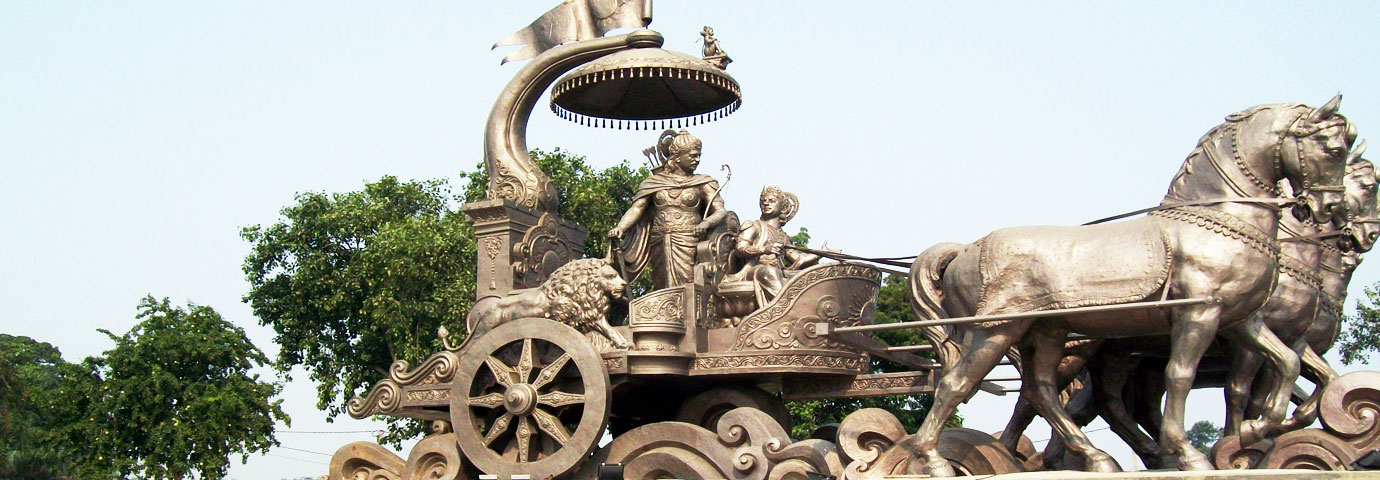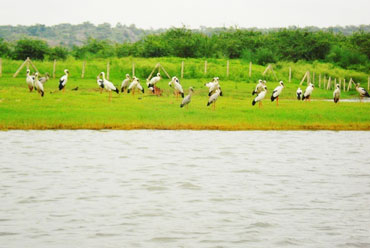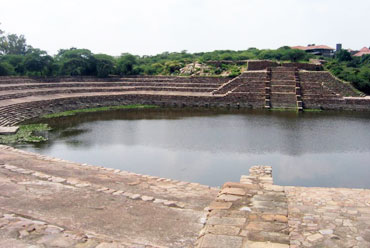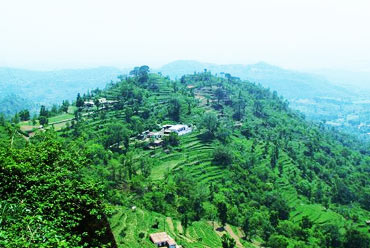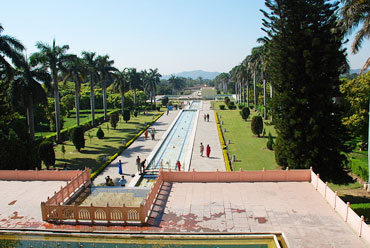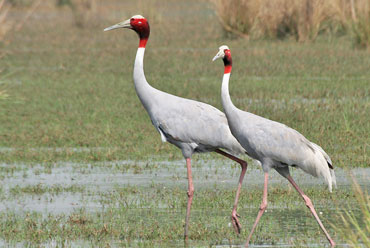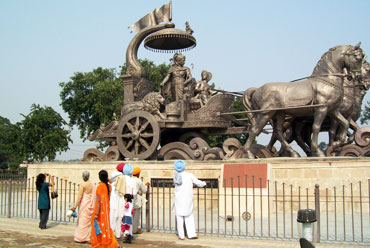The small state of Haryana, spread over an area of over 44,000 square kilometers, was founded in 1966 when the former state of Punjab was divided into Haryana and the modern Punjab. It is both the oldest and most modern of places.
Most of tourists who come to India pass through Haryana, the state that surrounds Delhi on three sides, the capital of the country, and whose highways lead to Agra, Rajasthan, and Himachal Pradesh. As they drive through, tourists are treated to the view of neat and abundant green fields, and a growing number of modern residential complexes and industrial townships. For those who want to relax for some time during the journey, there are numerous roadside resorts with which the state government has dotted all the major highways.
However, there is much more to discover and enjoy in the state of Haryana.
Location
Located in the Northern part of India, Haryana is bound by Uttar Pradesh in the east, Punjab in the west, Himachal Pradesh in the north and Rajasthan in the South. The national capital territory of Delhi is next to Haryana. Haryana is situated between the latitude 30.30° North and longitude 74.60° East.
Most of Haryana is in the plains with the Aravali mountain range starting its westward journey from here. The Yamuna is the only major river that passes through this small state, which is one of the greenest in the country. There is a very good network of canals throughout the state, giving it the much-needed impetus for agriculture, the mainstay of Haryana's economy.
History
The treatise written by Manu, the lawgiver in Indian mythology, designated Haryana as Brahmavart from where the Brahmanical religion and social system grew up and spread outwards to the rest of the country. In a sense, therefore, one can say that much of the Hindu religion and society was formed on the flat, dry plains of the present-day Haryana. In the epic of the Mahabharata, it was at Kurukshetra, during a battle between that Kaurava and Pandava princes that Lord Krishna delivered one of his most important messages through the celestial sermon-the Geeta.
With Delhi as the prize awaiting generations of invaders, Haryana served as a sort of a geographical corridor. Over the centuries, waves of invaders poured across the plains of Haryana, sometimes fighting battles there. At the end of the 14th century, Timur led an army through the state towards Delhi. In 1526, the invading Mughals defeated the armies of the ruling Lodi dynasty at the Battle of Panipat and 30 years later, in 1556, the Mughals won yet another decisive battle there. By the mid-18th century, the Marathas were in control of Haryana, an era that was brought to an end after the Afghans under Ahmed Shah Abdali defeated the Maratha forces in the third battle of Panipat in 1761.

